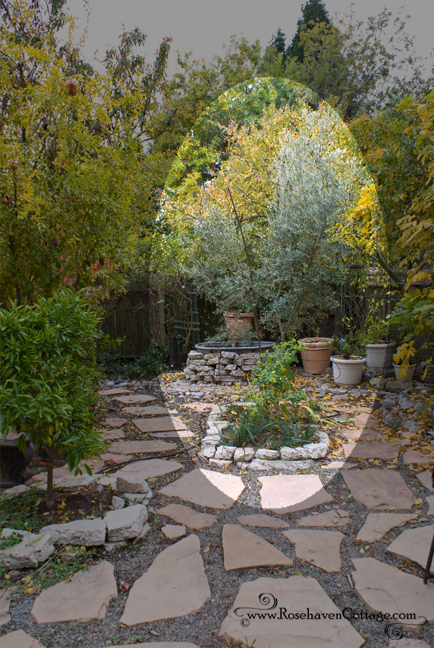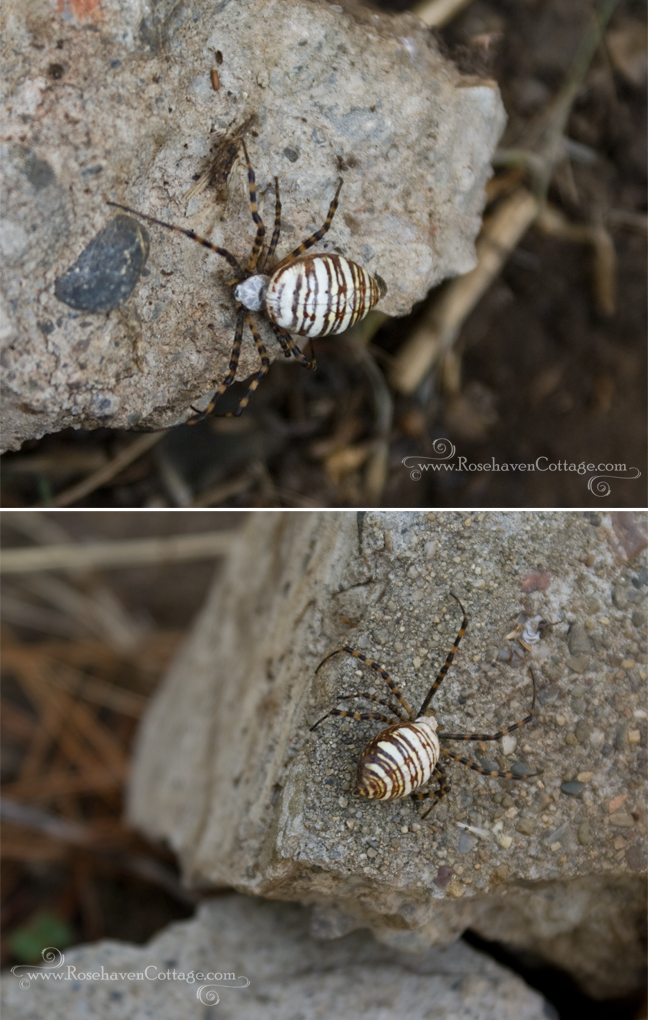Tucked into my favorite part of the garden with bearded and native Pacific Coast iris growing at her feet, "Miss Olive" has been slowly growing and growing. She's an OLEA europeaea of the Manzanillo variety ("the olive of Seville"), so we've known that she needed to be at least 7-10 years old before she will begin to produce fruit.
Ever since I read the The Olive Farm: A Memoir of Life, Love, and Olive Oil in the South of France by Carol Drinkwater, I've dreamed of growing and harvesting my own olives to make citrus-infused olive oils. When I read the book aloud to Hubby while on a road trip, he too shared that vision. We went to our local nursery, picked out Miss Olive and brought her home to become a part of our gardens. Because Miss Olive is adopted, we've never known how old she really is in order to chart when to expect olives.
Each spring since she got settled in, she's produced tiny little blossoms. I've watched them throughout each summer to see if any turn into fruit, mostly expecting that none of them will.
This year was the same.
But today when I was making the rounds checking on the garden before the rains blew in from the west, I walked past Miss Olive and a small black orb dangling in my peripheral vision caught my attention. I could hardly believe it, but it was indeed an olive!
Now we can finally officially begin to chart Miss Olive's progress toward her peak production years when she's 30-70 years old. By then, she will produce an average of 88 lbs. of olives a year (in good years as much as 150-200 lbs.). Manzanillo olives are traditionally a table olive because they produce less oil per olive and aren't economical for mass production. But the oil from a Manzanillo olive is of a fine quality and will be wonderful for our own personal production and use.
I guess it's time to start saving for the olive oil press I've had my eye on for a few years now.










